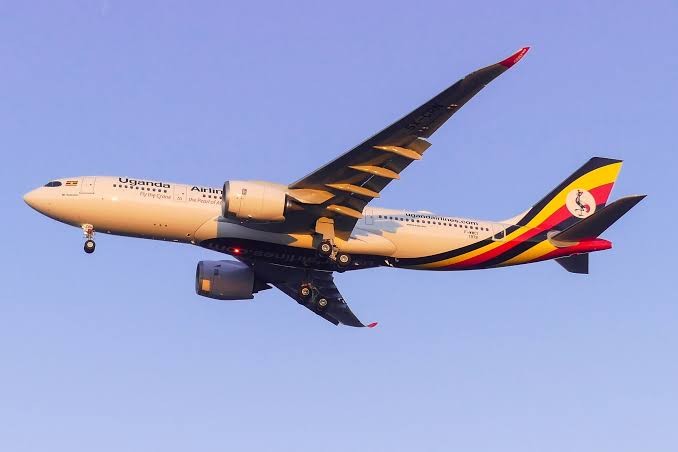Almost a decade has passed since Turkish Airlines inaugurated Mogadishu, Somalia. At the time, people were skeptical about it, suggesting that it didn’t make sense, primarily because of the country’s instability. However, Somalia encapsulates the carrier’s ambition for Africa, its willingness to try new routes, and its desire for significant network breadth.
Turkish Airlines to Somalia
Turkish Airlines started Istanbul to Mogadishu on March 6th, 2012, despite Somalia’s unrest that typically deterred airlines. The route materialized seven months after the Turkish Prime Minister visited the country and was the first long-haul service in nearly 30 years.
Initially operating twice-weekly via Khartoum, it shifted to routing via Djibouti six months later. This cut 162 (261km) miles each way, reducing fuel consumption, block time, and appearing higher up in booking engines by trip duration. Except for a brief spell in 2021, Mogadishu has always been a one-stop service, which will probably always continue.
It’ll probably always be a one-stop
One-stops are crucial to the airline’s Africa operation, and Somalia is no exception. Not only does Turkish Airlines benefit from good traffic between Djibouti and Somalia (it has fifth freedom traffic rights), but it means it can operate once daily. More practically, the stop is also for crew reasons. They stay in Djibouti and make a day trip to Somalia.
When writing, Istanbul-Mogadishu is served once daily, with the schedule below (all times are local). It uses the 151-seat B737-900ER, an important aircraft to Africa. It has previously used the B737-800, A320, B737 MAX 8, and – on a small number of services – the A330-200, A330-300, and A340-300.
- TK686: Istanbul-Djibouti: 01:45-06:50
- TK686: Djibouti-Mogadishu: 07:45-09:40
- TK687: Mogadishu-Djibouti: 10:40-12:40
- TK687: Djibouti-Mogadishu: 13:40-19:20
Where do people actually go?
In 2019, the last normal year, booking data shows that approximately 49,000 people transited Istanbul from Mogadishu. The UK, Sweden, wider Turkey, Finland, and Norway saw the most passengers, mainly because of Somali diaspora.
Over 250,000 Somalis (and those of Somali heritage) reside in the UK and Nordics, while Turkey is of growing importance. Interestingly, Turkish Airlines carried relatively flew people to/from the US or Canada. At airport-level, the leading origins and destinations were as follows.
- Mogadishu to/from London Heathrow
- Stockholm Arlanda
- Ankara
- Gothenburg
- Helsinki
- Oslo
- Amsterdam
- Copenhagen
- Birmingham
- London Gatwick
While such traffic often results in relatively low yields, the lack of alternative options likely helps with pricing. In 2017, a Turkish Airlines country manager stated that “Somalia is one of our most profitable destinations worldwide.” Although old and unverifiable, it wouldn’t be too surprising.
About Guide2Uganda
Guide2Uganda (www.guide2uganda.ug) is the most comprehensive source of travel information about Uganda that exists on the web, with more content on its cities & towns, accommodation, attractions, events, museums and galleries than any other online guide that currently exists for Uganda; as well as being a dynamic travel news and events driven site with fresh content added daily.
According to WeFollow & Peer Index (that measure online influence), we are among the most influential online media organizations in Uganda. Guide2Uganda was also awarded ‘’Best Destination Website in Uganda’’ by Jumia Travel Uganda in the 2018 Africa Travel Awards.
Share your travel stories & photos with the world via email: info@guide2uganda.ug




